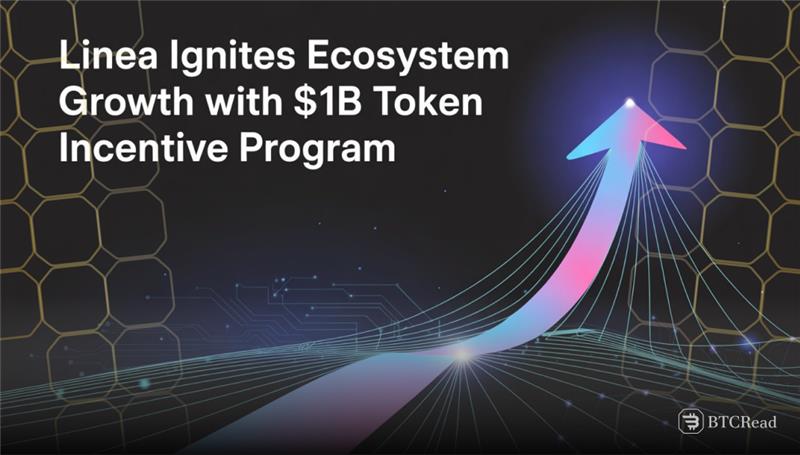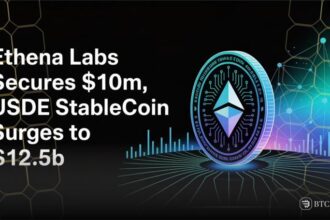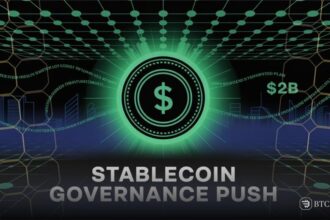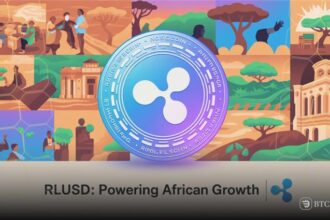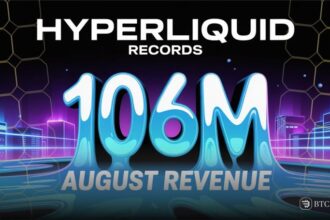Linea has entered a new stage in its development with the launch of an airdrop check page and the official start of its ecosystem incentive program called Ignition. The project confirmed that its token generation event will take place on September 10.
The token allocation was designed with separate consideration of users and developers but without specific allocation for venture capital investors and the founding team. The allocation aligns with the early model of Ethereum.
The entire 85 percent of supply will go into the ecosystem. Of that, 10 percent will flow directly to early users and developers with full unlocking. The remaining 75 percent will create the biggest ever ecosystem fund for crypto.
Four percent of said fund will flow as an airdrop to liquidity providers for additional incentive. The Ignition program will allocate one billion tokens across three principal protocols: Etherex, Aave, and Euler.
Linea uses brevis tech for token distribution
Such tokens shall become accessible for distribution by virtue of technology from Brevis, which provides zero-knowledge proof virtual machine and coprocessor offerings. The architecture makes such computation of the users’ liquidity activity on a low-cost and transparent basis possible, balancing computation off-chain against on-chain verification.
The protocol makes an effort to keep the process trustless and decreased on-chain fees that mostly adversely impact incentive programs. The setup of Linea positions itself as an ecosystem-based and not insider value-centralizing project.
By devoting its token supply to its active users, its developers, and its liquidity providers, the project sends the right message by deviating from more traditional models of rewarding founders or initial investors.
The fund size alone provides insight into the level at which Linea wishes to compete, and the consideration of sustainable distribution is a way to build long-term traction. In the meantime, other projects within the broader crypto industry also introduce new models of incentives.
Stablecoin inflows rise after Arbitrum incentive launch
ArbitrumDAO has also revealed its DeFi Renaissance Incentive Program for 80 million ARB tokens. Stats already witness enormous stablecoin inflows following its activation. Meanwhile, Paradigm released Tempo, a payment-focused chain built as a layer 1 to ensure it won’t be dependent on the direction of Ethereum’s developmental path.
These efforts mirror how networks try to compete for adoption of payments, user attention, and liquidity at the same time. Linea’s rollout is at a moment when chain and protocol competition is picking up with larger-scale incentive plans.
Through its own unique system of distribution and firm sense of community, the project will have a chance to create lasting roots in a fast-paced industry. The September 10 event will allow for its official launching, and following months will allow us to see how users will respond to a design built to maintain value within the system.


